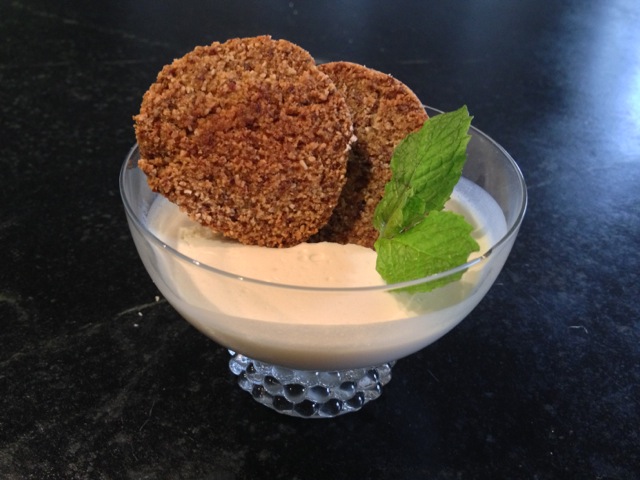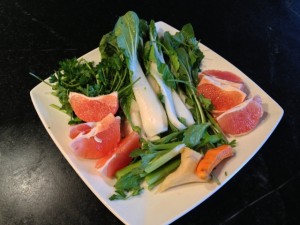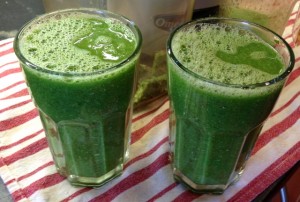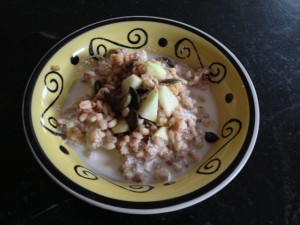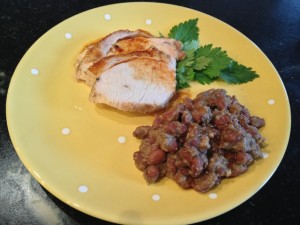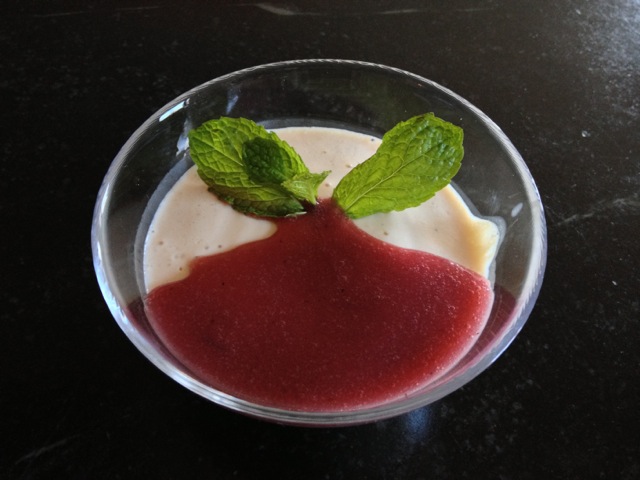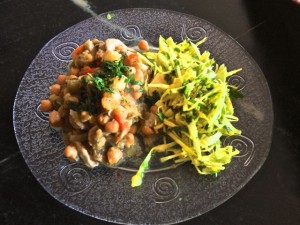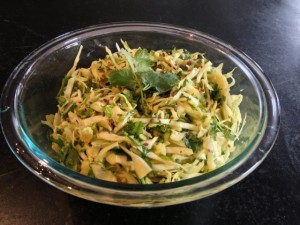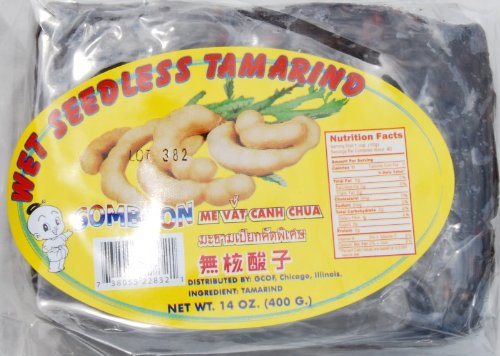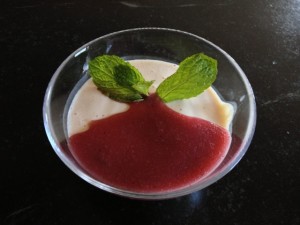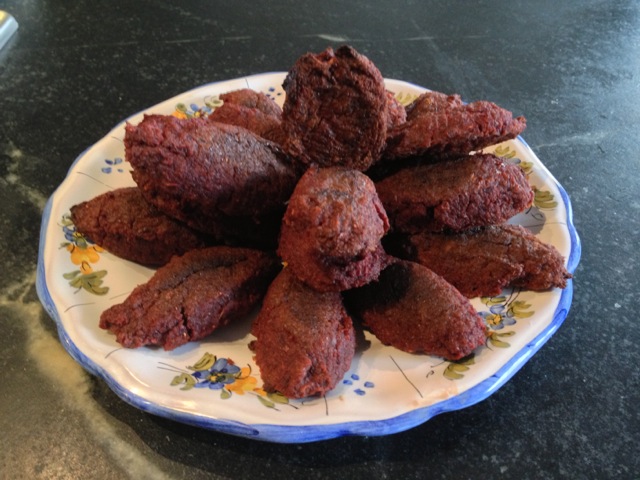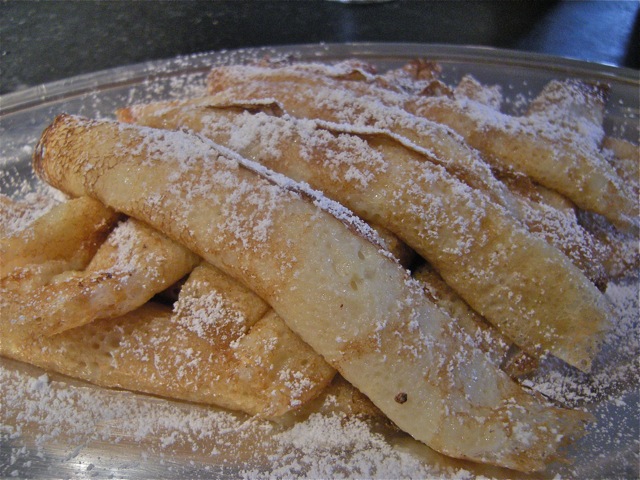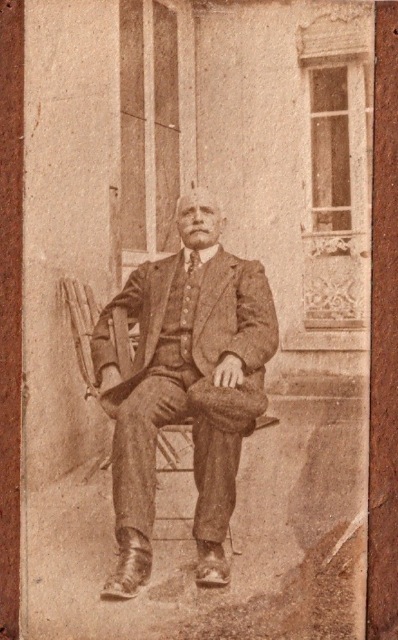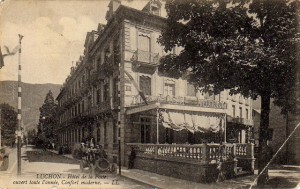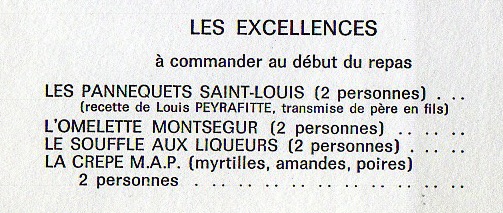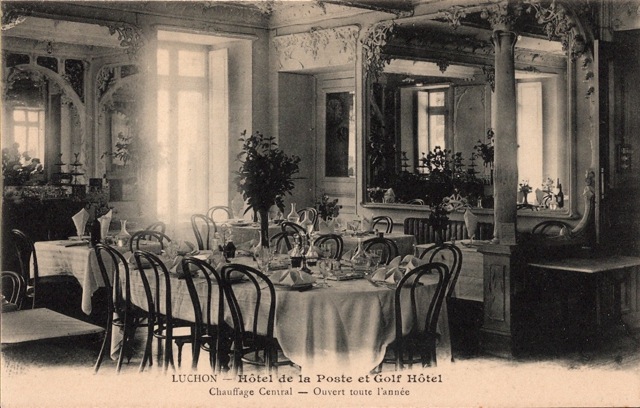This blog is in French because it is for my parents who keep asking me about low glycemic menus.
Below a first set of menu & a video for my coleslaw recipe, all in French. Though the coleslaw recipe in English is here.
Idées de menus avec index glycémique bas pour Jean & Renée Peyrafitte
Tout les jours au réveil:
1 verre d’eau tiède avec quelques gouttes de citron bio
LUNDI
Déjeuner
-Côtelettes grillées ou poêlées avec lentilles
Faire sauter légèrement oignons, céleri, ail, persil, un anchois ou deux hachés, et ajouter sel poivre et lentilles et eau bien sûr! Cuire. Au moment de servir, ajouter un filet d’huile d’olive et du persil frais.
-Yaourt Nature avec cannelle moulue
de préférence chèvre ou brebis avec graines de courges, tournesol, lin. Les faire sauter séparément dans une poêle chaude — attention les graines sautent!
Dîner
-Soupe de légumes
suggestions: pas de pommes de terre (index glycémique très élevé) ), en hiver oignons, chou, champignons, poireaux, 1 petite carotte, 1 panais, navet, citrouille, topinambours, blettes, ail , persil… en été seulement: tomates, courgettes.
Pour y donner de l’épaisseur y ajouter soit: des graines de Chia, de l’orge, de l’avoine entière, du seigle entier ou du sarrasin entier; ces graines donneront de l’épaisseur et bon goût! On peut aussi rajouter haricots adzuki qui n’ont pas besoin de tremper.
-Salade Composée
Exemples:
Varier la verdure: roquette, laitue, romaine, endives
Ajouter: oignons, céleri, radis, persil, avocat, oeuf dur, thon, haricots, lentilles, pois chiches
Varier les vinaigrettes
-huile d’olive et citron
-vinaigrette aux anchois
-vinaigrette asiatique avec gingembre, sauce soja, vinaigre de riz, ail, huile de sesame
-vinaigrette au roquefort pour salade d’endives
Varier les huiles: Huile de Sésame, d’Olive, de Colza. et toujours bio pressées à froid
-Fromage des Pyrénées avec une demi Pomme non pelée
MARDI
Déjeuner
-Sardines avec rondelles d’oignons
-Omelette au Fromage/ ou Oeufs cocotte/ ou Oeufs aux plat
-Epinards vapeur au beurre frais
-Poire
Dîner
-Soupe de Lundi
-Chou Cru en Salade ( voir video)
-Tranche de Jambon d’York naturel ( sans conservateur)
-Yaourt
MERCREDI
Déjeuner
-Poisson poché ou à la poêle
-Purée de pois chiches ou de haricots
Après les avoir fait tremper, faire cuire des pois chiches ou haricots nature (préparez-en beaucoup à la fois — ça se congèle très bien).
Faites blondir des oignons, du poireau, du céleri, du thym, du persil, rajouter assez de liquide pour faire chauffer et passer à la moulinette pour une consistance de purée.
Servir avec herbes fraîches et oignons crus ciselés en garniture et un filet de très bonne huile d’olive et quelques olives kalamata si ce sont des haricots blancs
-Pomme Verte (avec peau) avec un morceau de Fromage
Dîner
-Potage de potiron maison ou soupe de lentilles avec les restes de lundi
-Salade composée (voir suggestion de lundi)
Pudding de graine de chia (recette à venir! en attendant mangez un yaourt!)
JEUDI
Déjeuner
-Poulet Rôti
-Chou Fleur Sauté ou chou de Bruxelles ou topinambours et champignons sautés
-Compote de pomme maison cuite sans sucre et avec la peau!
Dîner
-Viande froide
-Salade composée
-Yaourt
VENDREDI
Déjeuner
-Poisson poché, à la poêle ou au four
-Chou de Bruxelles ou haricots verts avec une noix de beurre frais bio
-Fromage avec pomme
Dîner
-Soupe avec restes de la carcasse de Poulet
-Salade Composée
-Yaourt
SAMEDI
Déjeuner
-Avocat vinaigrette
-Rôti de veau avec haricots blancs ou rouges ou noirs (faire une variation de mercredi)
-Kiwi
Dîner
-Soupe de pois cassés
-Carottes râpées assaisonnées au citron, ail, huile d’olive
-Yaourt
DIMANCHE
Déjeuner
-Radis beurre
-Morue aux Poireaux et Topinambours
Acheter de la très bonne morue et la dessaler 12 heures et changer l’eau souvent.
Mettez la morue dans une grande casserole et recouvrez-la d’eau froide (non salée, bien sûr). Portez à ébullition très doucement; retirez la casserole du feu dès le premier frémissement, couvrez et laissez pocher 10 minutes. Égouttez. Faire revenir les poireaux et des oignons dans de l’huile d’olive avec un peu de beurre.
Couper les topinambours en cubes. S’ils sont frais pas besoin de les peler; les gratter avec une brosse dure.
Dans un plat à gratin beurré, mélanger morue, topinambours, poireaux, oignons. Ajouter de la bonne crème fraîche, bien poivrer, bien mélanger et cuire au four environ 1 heure. S’il y a des restes: Rajouter de l’eau et/ou un peu de lait, mouliner et voilà un potage délicieux! Servir avec du persil frais en garniture.
-Poire avec un morceau de très bon camembert ou brie
Dîner
-Soupe de légumes au miso et aux algues
Faire revenir légèrement de l’oignon, du chou haché fin, du céleri, de l’ail, du gingembre frais haché. Rajouter l’eau et 1/2 tasse d’algues Wakamé que vous aurez fait tremper quelques minutes dans le d’eau, 1 cuillère (ou 2) à soupe de sauce soja.
Ne pas cuire très longtemps, 20 minutes suffisent. Au dernier moment y rajouter la pâte miso et bien remuer. Ne jamais faire bouillir le miso, il perdrait toute valeur nutritive.
– Quinoa avec beurre frais (on peut aussi l’ajouter à la soupe)
– Pudding de graine de chia (recette à venir! en attendant mangez du Fromage blanc!)
Si vous avez des suggestions et/ou des questions merci de laisser un commentaire ci-dessous et en attendant:
Bon appétit!


